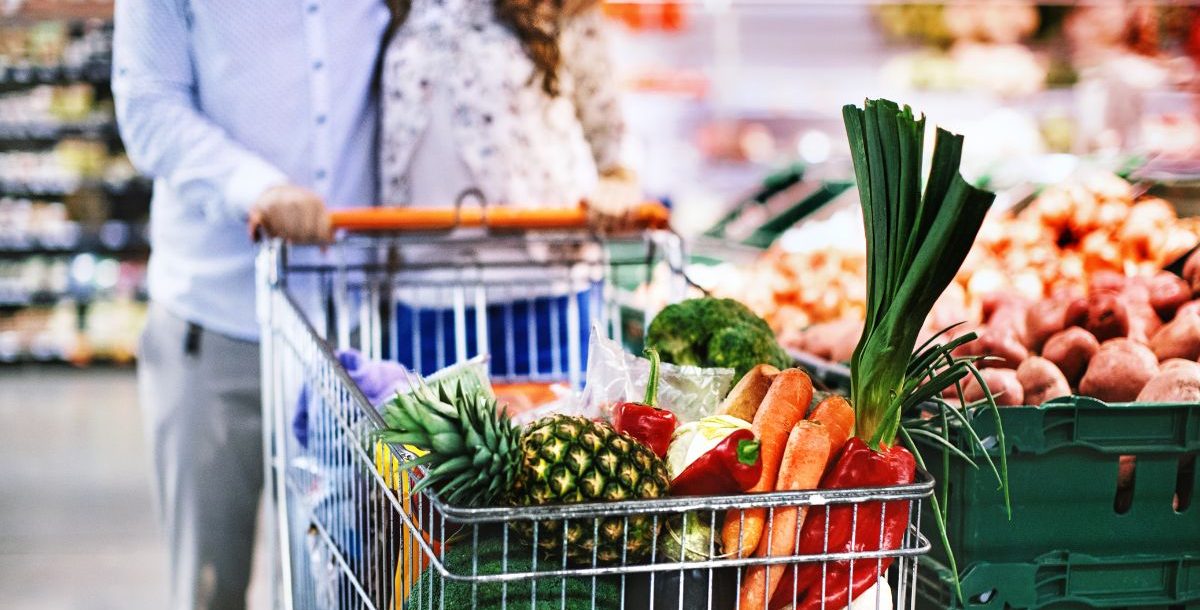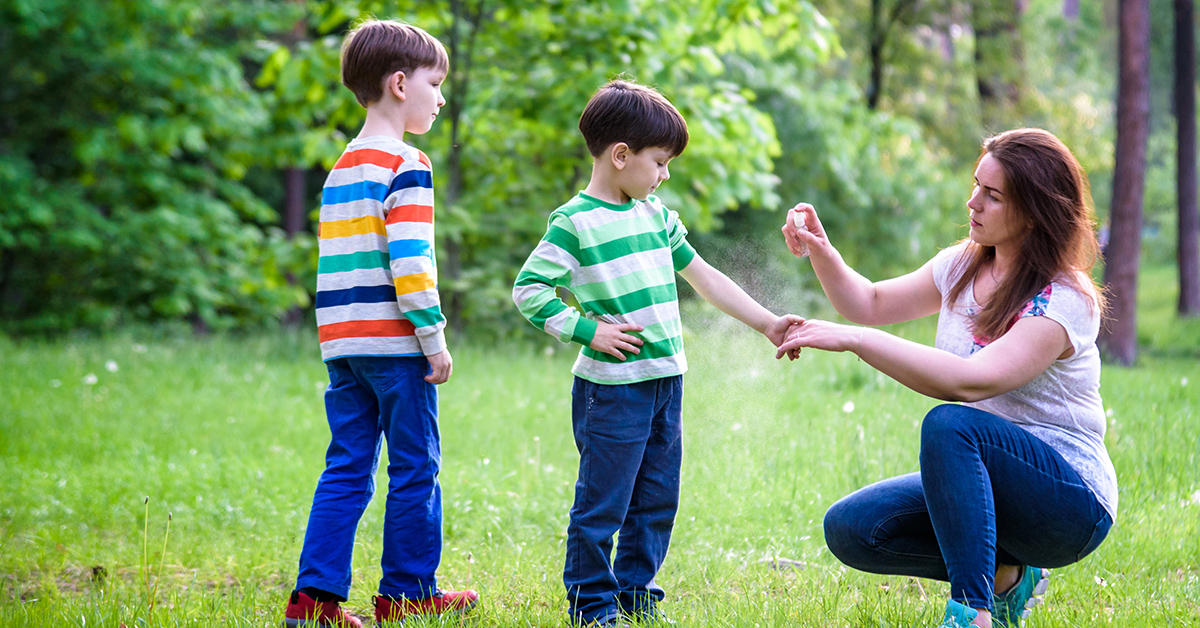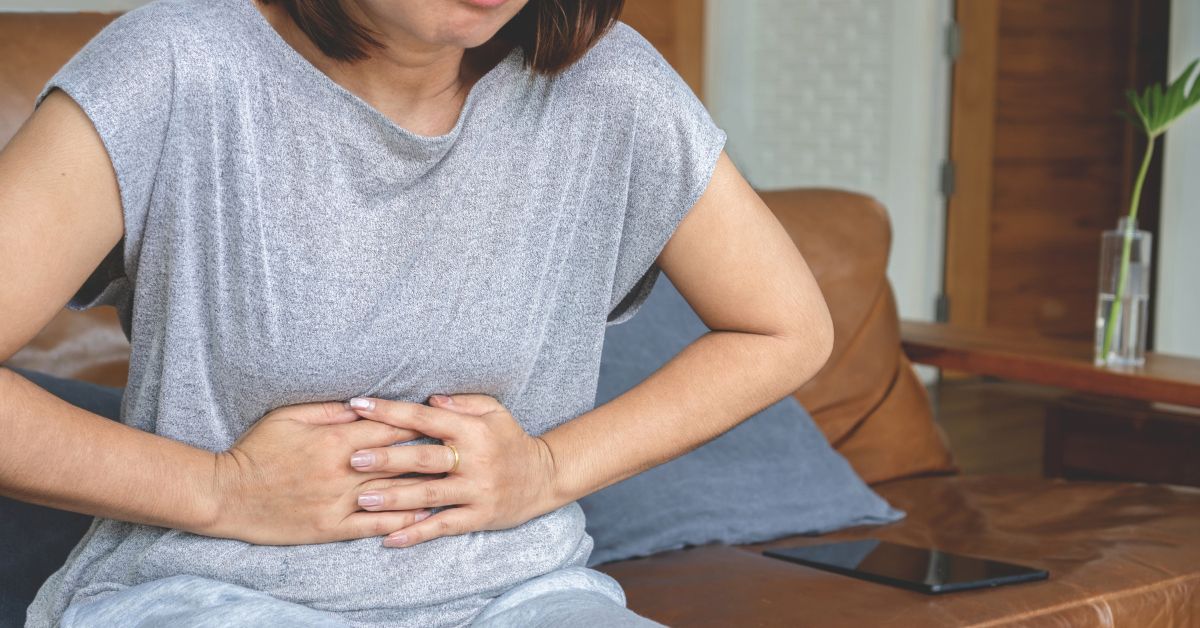Foods for diabetics to eat and avoid play a crucial role in managing blood sugar levels.
When you have diabetes, controlling your blood sugar levels becomes your number one goal. And knowing which foods to enjoy and which to avoid can make all the difference.
You need blood sugar for energy and blood sugar comes from food. Some food is digested into sugar that circulates in your bloodstream, giving your cells the energy they need. A hormone made in the pancreas, called insulin, helps cells absorb the right amounts of sugar from the bloodstream.
However, if you have too much blood sugar and not enough insulin, you develop diabetes, a disease that can seriously damage your organs and blood vessels.
Insulin is crucial for managing blood sugar levels, as it helps regulate the sugar in your bloodstream. Carbohydrates, like bread and pasta, turn into blood sugar. Too many processed carbs equal too much sugar in your body. Fiber, on the other hand, doesn’t convert to sugar. Protein, fat, water, vitamins and minerals don’t have carbs, so they aren’t dangerous to blood sugar levels.
So, what should you do?
Eating the right foods, including carbs, helps balance your blood sugar levels. Managing blood sugar and glucose effectively reduces your risk of developing diabetes and could lead to weight loss.
Our guide provides a clear roadmap of foods for diabetics to eat and avoid. This knowledge can bring a sense of relief, knowing that you have the tools to keep your blood sugar in check and live a healthier life.
Worst foods for diabetics
First, take a look at foods to avoid if you have diabetes. At the very least, limit your portions of these foods that add sugar to the bloodstream.
Here are five major categories:
- Processed cookies, pies and crackers: High in added sugars and saturated fat.
- Sugary drinks and syrups: They can spike your blood sugar levels and raise your risk of heart disease and stroke – even fruit juice.
- Sweetened cereals: Often loaded with added sugars and refined carbs.
- White bread: High in refined carbohydrates that can cause rapid increases in blood sugar levels.
- White grain products and starchy vegetables: This includes pasta, potatoes and white rice, which all quickly turn into sugar in the bloodstream, increasing blood sugar levels.
Best foods for diabetics
Now, memorize a list of better foods to eat. These foods limit the amount of sugar you absorb into your blood. Each has healthy properties, like protein, healthy fats, healthier carbs, vitamins, minerals and antioxidants, that work together to lower and regulate blood sugar.
For example, protein and healthy fats can help slow down the absorption of sugar, while fiber-rich foods can help stabilize blood sugar levels. Also, remember to cook with extra-virgin olive oil for best results.
Here’s a breakdown by type:
- Vegetables: Arugula, baby corn, broccoli, cabbage, carrots, cucumber, kale, kimchi, lettuce, okra, pumpkin, sauerkraut, spinach and squash.
- Fruits: Apples, avocado, berries and citrus fruits
- Proteins: Chicken, eggs, seafood/fatty fish and turkey
- Carbs: Oats/oatmeal, oat bran, pumpernickel bread, shirataki noodles, sweet potatoes/yams, whole grain crackers, whole wheat pasta and whole wheat bread
- Dairy: Alternative milk such as almond, oat or goat, kefir, Greek or no sugar added yogurt, nuts, legumes, black beans, chia seeds, chickpeas and flax seeds
Q&A: Foods for diabetics to eat and avoid
Q: What foods can diabetics eat freely?
A: Non-starchy vegetables like lettuce, cucumbers and zucchini can be eaten freely as they are low in carbohydrates and calories but high in fiber and nutrients. These healthy foods are great for overall heart health and won’t raise your risk of heart disease and stroke.
Q: What foods must a diabetic avoid?
A: People with diabetes should avoid foods high in added sugars, saturated fat, starchy vegetables and high in sodium. This includes sugary beverages like fruit juice, processed foods and sweets. These foods can spike blood sugar levels and increase weight gain and cholesterol levels.
Q: What should I eat if my sugar is high?
A: When your blood sugar is high, focus on foods that can help decrease it. Opt for non-starchy vegetables, lean proteins and whole grains. Avoid high-carb and high-sugar foods. Drinking plenty of water and eating small amounts of healthy foods like nuts or seeds can help.
Q: What are good diabetic snacks?
A: Healthy diabetic snacks include raw fruit, vegetables, whole grains, nuts, seeds, Greek yogurt and small portions of fruit. These snacks provide nutrients without causing significant changes in blood sugar levels. Whole grain crackers, brown rice cake and low-sugar snacks also offer health benefits.
Additional food tips for diabetics
Be on the lookout for those sneaky added sugars and added carbs. You’d be surprised how many of your favorite juices and foods are loaded with extra sugar and carbs. Reading a label takes some practice, but sugar-free isn’t always the hero you think it is. Sugar-free foods might be higher in fat content. Stick to single-digit numbers when it comes to sugar content.
Staying hydrated is a must if you have diabetes! Most adults need eight eight-ounce glasses of water per day. And yes, fluids can come from other foods and beverages besides water.
Remember, you’re not alone in this journey. Consulting a health care professional can help you find personalized meal plans for a balanced and nutritious diet.
Learn more about the endocrinology services and primary care services we provide at Bon Secours.





